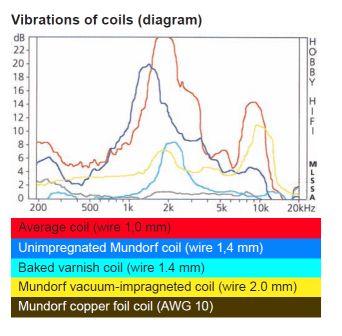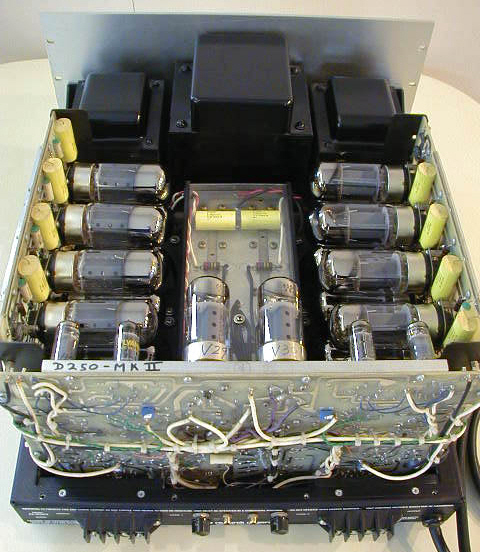HI All,
Concerning warm up, I have a theory. The greatest thermal mass that must reach temperature stability are the output tranformers. On the D250 these are huge. It's very hard for me to imagine that the smaller components such as resistors, capacitors, diodes, etc., aren't ready to go at full performance after, say, 15 minutes. They should be fully up to temperature.
Tubes have very little thermal mass. On a good tube tester, they settle out in a matter of minutes.
What's left? The output transformers, that's what. Also, in the D250, the transformers are not in the direct air flow of the four fans. So, they would not get the full benefit of the heat produced by the 6550's much less the general heat produced by the power supply. They receive their heart from simple radiation from the output tubes and only on one side at that. Of course, they do have intermally generated heat but that is small potatoes. Ultimately, it's the intermally generated heat that does bring the transformers up to temperature. Maybe that's why the warm up period on all these amplifiers is so long.
I have often wondered what would happen if a person installed small electriic heaters over the tranformers with a thermostat and timer control. This might allow the transformers to come up to temperature much faster but then would switch off after some predetermined time, say 1/2 hour. There is no reasonable way to redirect the fan air flow over the transformers so there is no help there.
I see a whole new tweak market here. You know, transformer heaters complete with tip toes, detachable power cords, fancy finishes, precision thermostats and timers, and cat proof. How could it miss???

If the VPI Brick could make it as a "must have" (yes, I have bricks too!!) audiophile item, why not a "Precision" transformer heater?
Sparky






